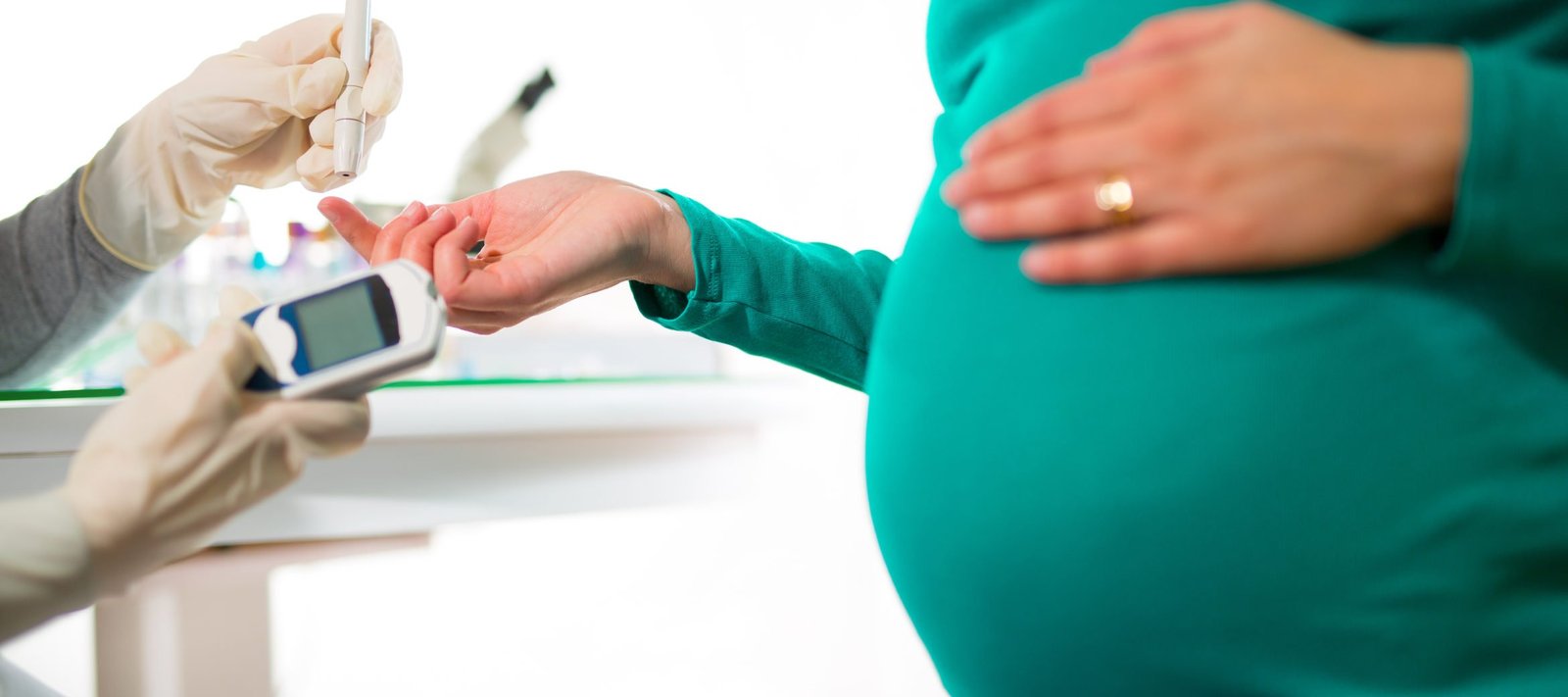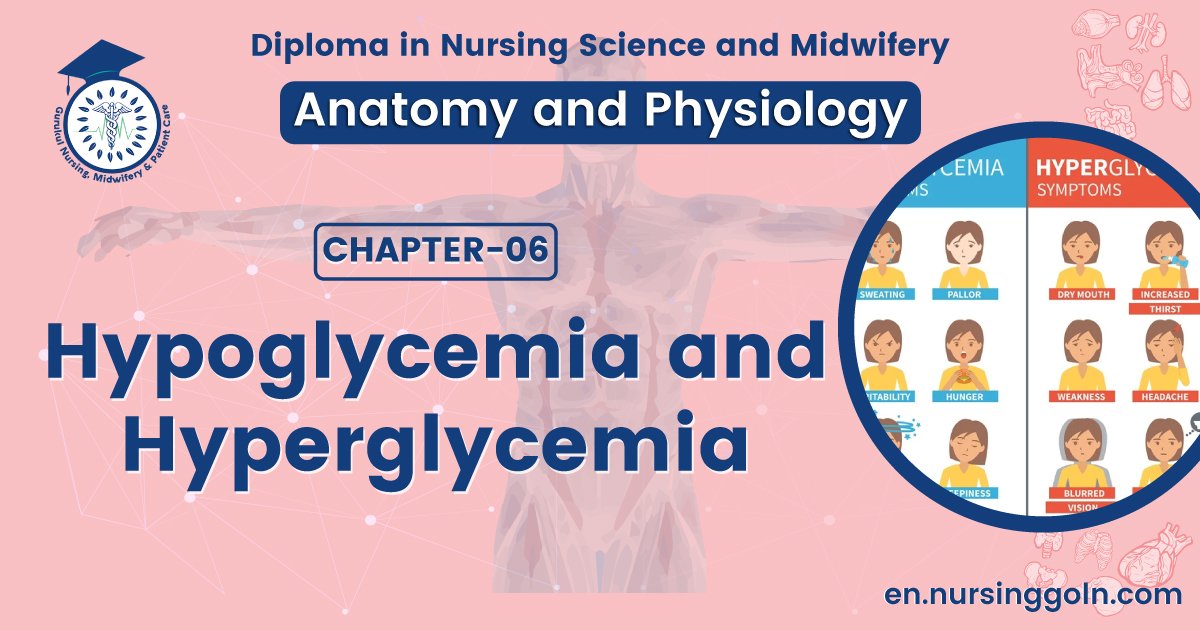Hypoglycemia and Hyperglycemia-The course is designed for the basic understanding of anatomical structures and physiological functions of human body, musculoskeletal system, digestive system, respiratory system; cardiovascular system; urinary system, endocrine system, reproductive system, nervous system, hematologic system, sensory organs, integumentary system, and immune system.The aim of the course is to acquire knowledge and skills regarding anatomy and physiology.
Hypoglycemia and Hyperglycemia
| Hypoglycemia | Hyperglycemia | |
| Definition | Hypoglycemia means when there is blood glucose level below the lower limit of normal range. It is developed when the blood glucose level falls < 65 mg/dl (3.5 mmol/L). | Hyperglycemia is a condition when the blood glucose level is raised above normal. |
| Causes |
|
|
| Clinical Seatures |
|
|
| Treatment |
|
|
Insulin

Definition of Insulin:
Insulin is a protein hormone synthesized in the B-cells of islets of langerhans of pancreas. It is crucial for normal regulation of glucose, lipid and protein metabolism.
| Carbohydrate metabolism |
|
| Protein metabolism |
|
| Fat metabolism |
|
| Others |
|
Gestational diabetes mellitus (GDM)

The diabetes which first detected or onset occurs during pregnancy is called GDM. It is also called pregnancy induced glucose intolerance. It is usually recognized during 2 or 3 trimester of pregnancy.
Risk factors for GDM:
- Positive family history of DM.
- Having a previous birth of an overweight baby of 4 kg or more.
- Persistent glycosuria.
- Obesity.
- Age over 30 years.
Complications or Hazards:
- risk of developing DM later on.
- ↑ incidence of fetal macrosomia (fetus is of high birth weight & large organs).
- Birth trauma.
- Polyhydramnios.
- Recurrence of GDM in subsequent pregnancies.

Diagnosis of GDM: It is diagnosed by OGTT.
According to “American Diabetic Association”, the criteria for the diagnosis of GDM are as follows
| Time | Normal | Impaired glucose tolerance | Diabetes |
| Fasting | < 110mg / dl | >= 110and < 126mg / dl | >= 126mg / dl |
| 2 hour after oral glucose | < 140mg / dl | >= 140and < 200mg / dl | >= 200mg / dl |
Read more:
